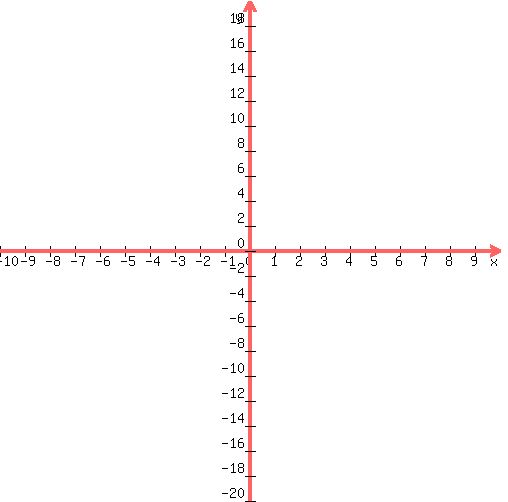Question 1130410: When a stopper is removed from the bottom of a barrel filled with water, the depth d, in centimeters, of a liquid in the barrel can be approximated by d=0.039t^2-5.816t+200, where t is the time since stopper was removed from the hole. When will the depth be 125 cm? Round to the nearest tenth of a second.
So far I have:
125=0.039t^2-5.816t+200 then I subtracted 125 from both sides so the equation is equal to 0 which will make it 0=0.039t^2-5.816t+75 I know I need to factor it but I'm not sure how to go about that. Please help. Thank you.
Answer by Alan3354(69443)   (Show Source): (Show Source):
You can put this solution on YOUR website! When a stopper is removed from the bottom of a barrel filled with water, the depth d, in centimeters, of a liquid in the barrel can be approximated by d=0.039t^2-5.816t+200, where t is the time since stopper was removed from the hole. When will the depth be 125 cm? Round to the nearest tenth of a second.
So far I have:
125=0.039t^2-5.816t+200 then I subtracted 125 from both sides so the equation is equal to 0 which will make it 0=0.039t^2-5.816t+75 I know I need to factor it but I'm not sure how to go about that.
-------------
0.039t^2-5.816t+75 = 0
-----
It might be factorable, might not.
Use the quadratic equation:
---
| Solved by pluggable solver: SOLVE quadratic equation (work shown, graph etc) |
Quadratic equation  (in our case (in our case  ) has the following solutons: ) has the following solutons:

For these solutions to exist, the discriminant  should not be a negative number. should not be a negative number.
First, we need to compute the discriminant  : :  . .
Discriminant d=22.125856 is greater than zero. That means that there are two solutions:  . .


Quadratic expression  can be factored: can be factored:

Again, the answer is: 134.869396428846, 14.258808699359.
Here's your graph:
 |
It cannot be factored, but there's another problem.
It's a parabola that opens upward, giving 2 solutions for t.
Check your equation for d.
|
|
|